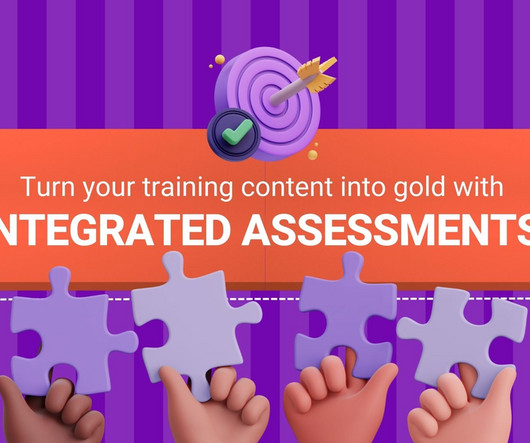Harnessing the Power of Bloom's Taxonomy for Effective Assessment and Learning Outcomes in Courses
BrainCert
APRIL 4, 2023
A well-designed assessment, guided by Bloom's Taxonomy, can enhance the learning experience, promote learner engagement, and contribute to better learning outcomes. The taxonomy comprises six levels: Knowledge, Comprehension, Application, Analysis, Synthesis, and Evaluation.





















































Let's personalize your content